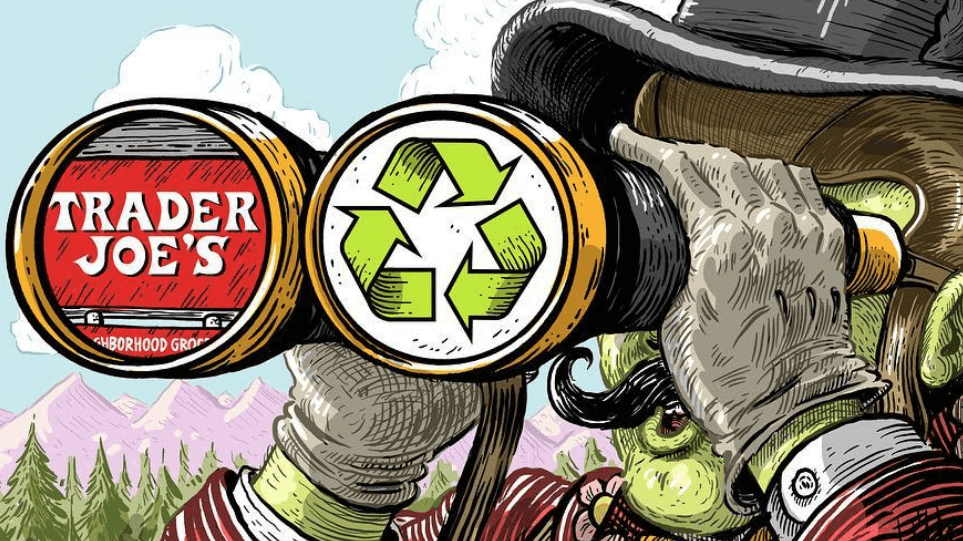Trader Joe’s is sticking to one of its New Year’s resolutions by committing to reduce its plastic waste by more than one million pounds.
The move follows growing customer demand for less plastic and more sustainable packaging in Trader Joe’s stores; a change.org petition on the subject amassed over 80,000 signatures in two months.
In a post dated 31st December last year, the U.S. grocery store chain stated, “taking into consideration our customer feedback and our desire to be great neighbors, we have been taking a careful look at our packaging and the opportunities that exist to make improvements, with respect to sustainability.”
https://www.instagram.com/p/BsMffD9n23z/
Although it aims to use materials with the “highest recyclability acceptance rate in the U.S.,” Trader Joe’s has recognized that “reducing the amount of plastic packaging in our stores is another important focus of our sustainability […in addition to] maintaining product integrity and preventing food waste.”
The chain has made huge steps in its drive for sustainability in past months. The post –published on the company website’s “sustainability” section — lists some of its achievements to date.
It has eliminated Styrofoam bases in its produce section and no longer offers plastic shopping bags. It also encourages customers to think more closely about their shopping choices with a handy guide to packaging.
The changes haven’t gone unnoticed. Dianna Cohen, the CEO of California-based group Plastic Pollution Coalition, told SFgate.com, “[i]n my 30 years of shopping at Trader Joes I’ve seen a shift from using glass for juices and other products to plastic.”
She added, “the truth is we have a plastic problem at all markets, including Whole Foods and Safeway. We need a systems shift away from single-use plastic and toward systems of reuse.”
In the UK, supermarkets from Iceland to Marks & Spencer are also committing to reducing plastic waste, with Iceland aiming to eliminate plastic from its own-brand products completely by 2023.
The Problem With Plastic
Most consumers are aware of the problem of single-use plastics; programmes such as 2017’s Blue Planet 2, have helped to raise awareness of the issue, focusing on the impact plastic pollution has on the ocean.
According to a post on Martha Stewart’s website, “only 9 percent of plastic created since the 1950s has been recycled” and Greenpeace reports that “an estimated 12.7 million tonnes of plastic – everything from plastic bottles and bags to microbeads – end up in our oceans each year.”



